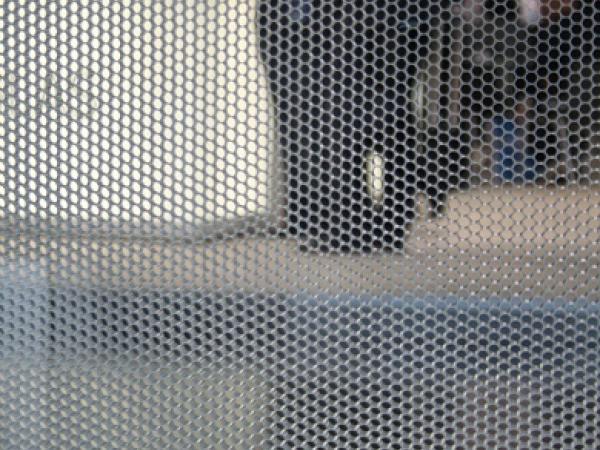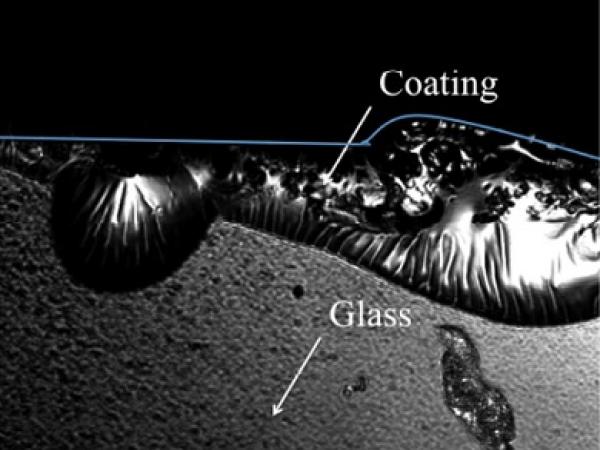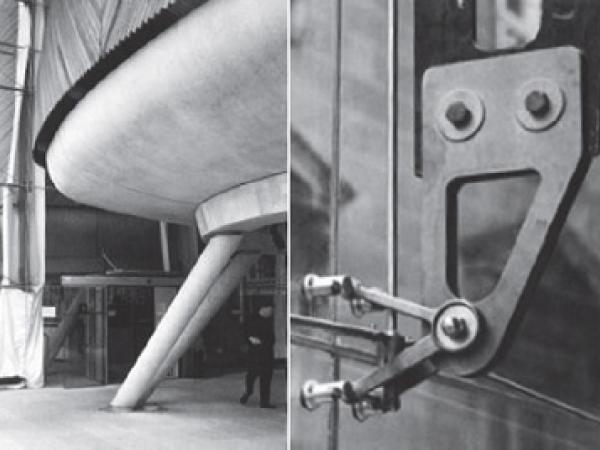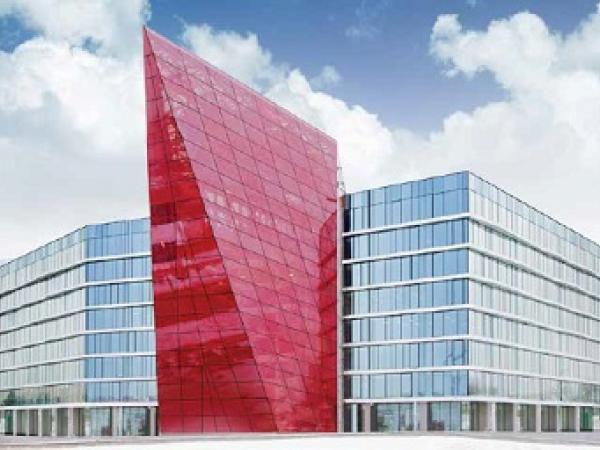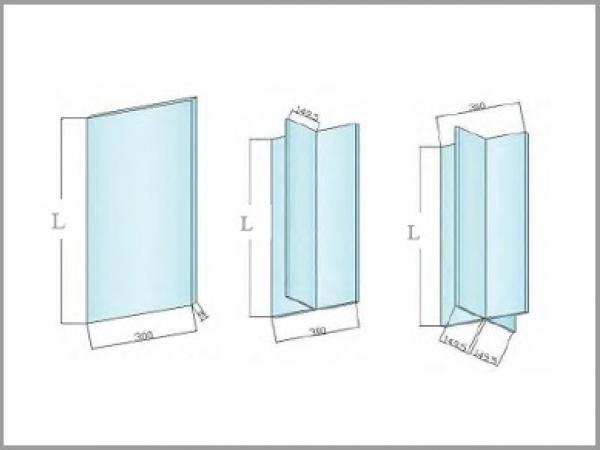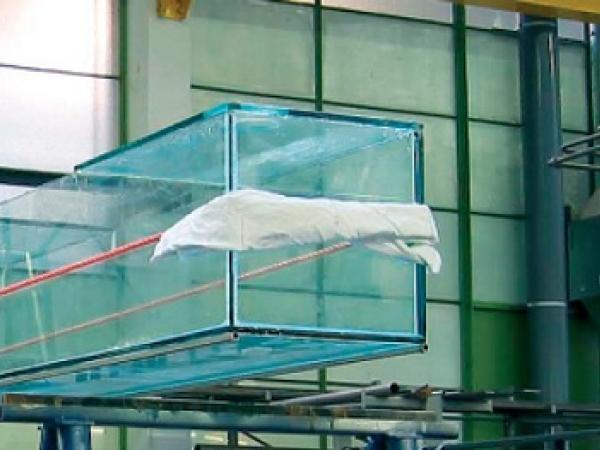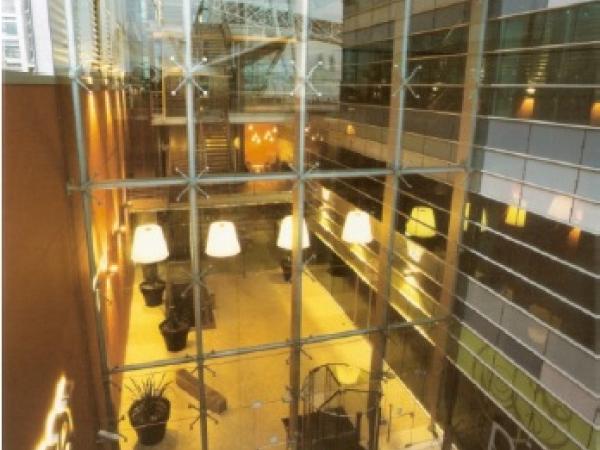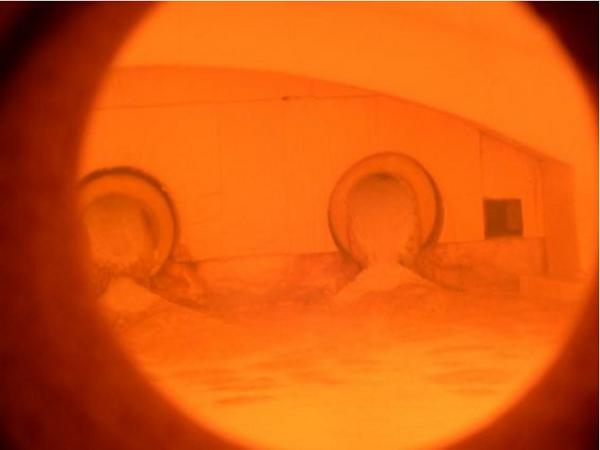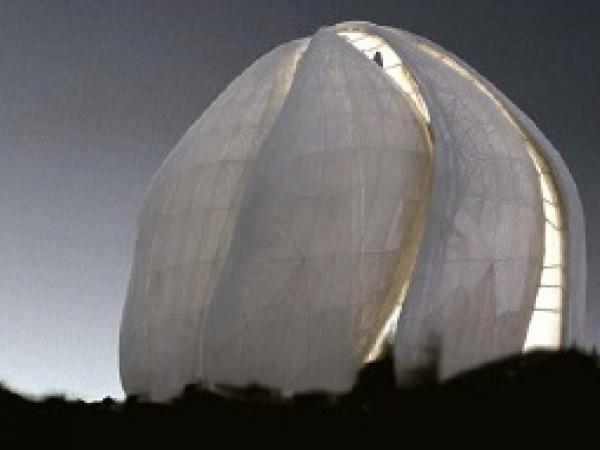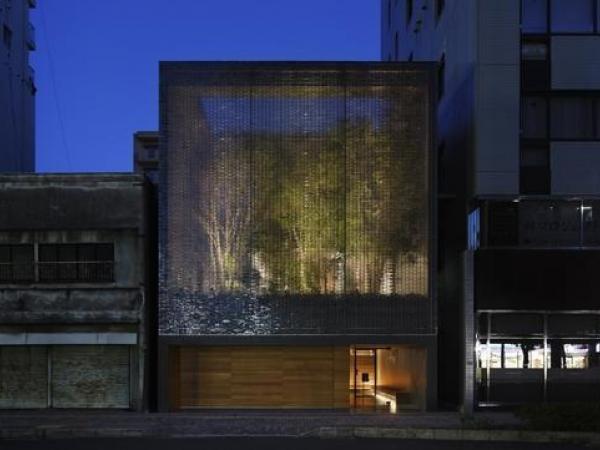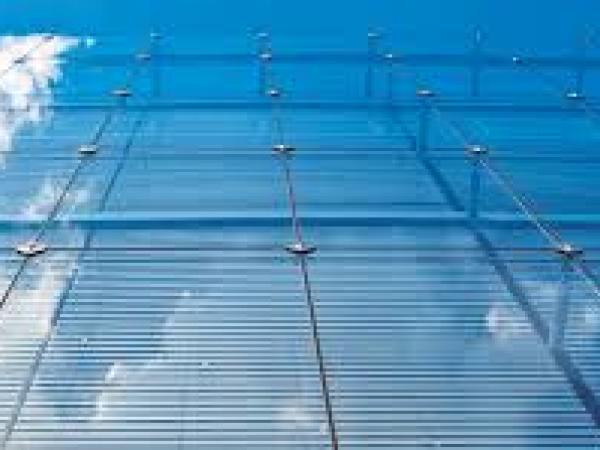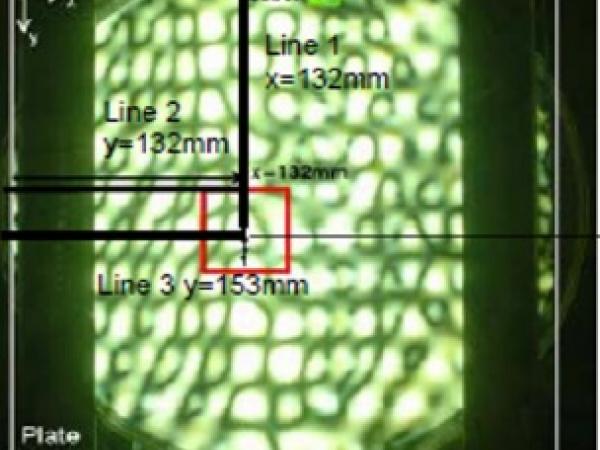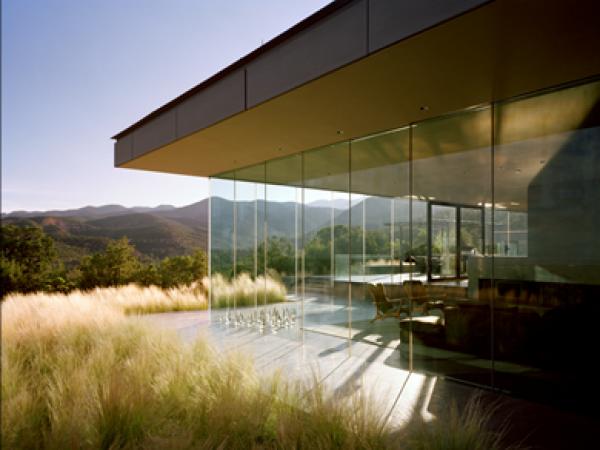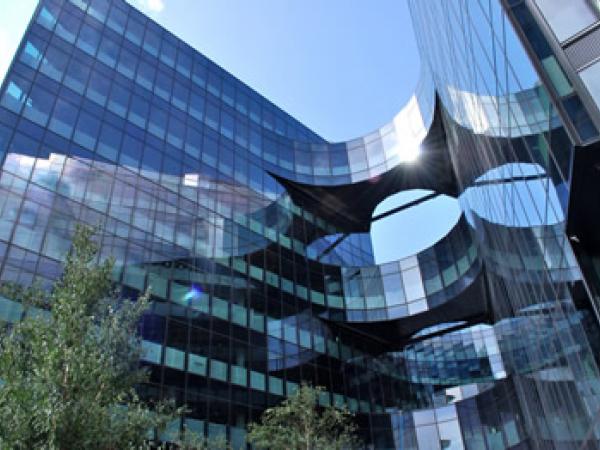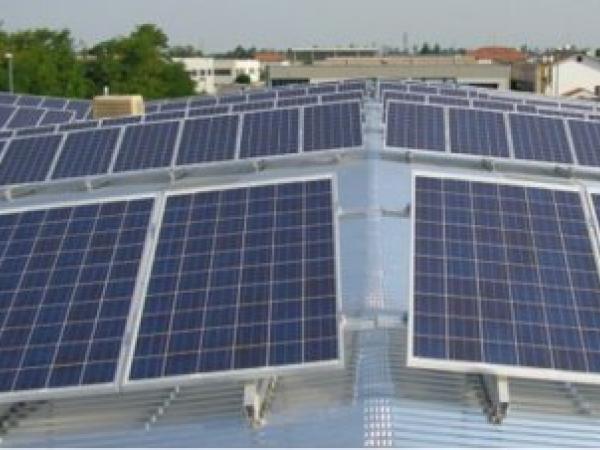Others also read
| High-performance functional glazing has a significant impact on the energy efficiency of buildings and their level of usability or life quality. Experts agree that increased demands will lead to improved functionality of the glass products used in facades.
| In modern buildings, glass is increasingly used as a load-carrying material in structural components, such as glass beams. For glass beams especially the edge strength of glass is important.
| Despite the increasing research activity on structural use of glass in the past years, there is still a lack of comprehensive design codes and standards linked to real-life applications on a structural level. However, more and more ambitious buildings and structures are built every year.
| This paper intends to present how applications of structural glass systems have evolved in HDA’s projects since the author’s intial work at La Villette with Peter Rice and RFR.
| The new HQ for the Belarusian Potash Company (BPC) is a staggering example of glazing being deployed to maximise light and colour.
| A series of four-point bending tests were carried out on monolithic and laminated panels in order to evaluate the ultimate tensile stress of the glass considered and the effective level of connection between the glass foils.
| The article presents an overview of research and applications of glass as structural material, cooperating with other materials: steel, timber, glass or carbon fibre composites.
| Currently modern facade buildings rely on glazed curtain wall systems. These systems include either singular aluminium alloy frame glass curtain walls or frameless glass curtain walls. This is the case of the so called spider fixing systems, which are pointed supported.
| Melting glass is a very energy intensive process, with process temperatures of more than 1600°C required to melt the raw materials in the furnace.
| This abstract focuses on the idea of establishing an explicit informational level between aesthetic design idea and know-how of façade designing techniques and fabrications.
| A glittering facade of suspended glass blocks veils Hiroshi Nakamura’s winning entry to the ar+d Awards for Emerging Architecture
| Transparent glass facades dominate much contemporary high– to mid–rise urban residential architecture. This article takes a closer look at life behind glass facades in contemporary surveillance culture.
| The architectural façade has long been a compelling focus of interest for building scientists and designers alike, combining attributes of both appearance and performance in a manner unlike any other building system.
| The paper shows that the residual stress at the surface of tempered glass panels may vary both locally and globally, i.e., stresses near the edges and corners of the panels may be considerably different from the stresses in the middle part of the panels.
| The canopies are a composite construction between both steel and glass, leaving no element without stress or structural function.
| Case Studies in Optimization of Glass-panelized Architectural Freeform Designs for the Eiffel Tower Pavilions
| Approaching the built environment from the point of view of phenomenal light allows James Carpenter to consider the luminous qualities of glass and other materials and the experiential qualities of light as a primary concern of architectural design.
| Office building achieves Breeam "Outstanding" rating / 16,500 sqm ipasol neutral for effective solar control
| Photovoltaic modules are components used for the production of electricity from solar energy and, thanks to their morphological and constructive configuration, are suitable for integration in the external skins of buildings.

